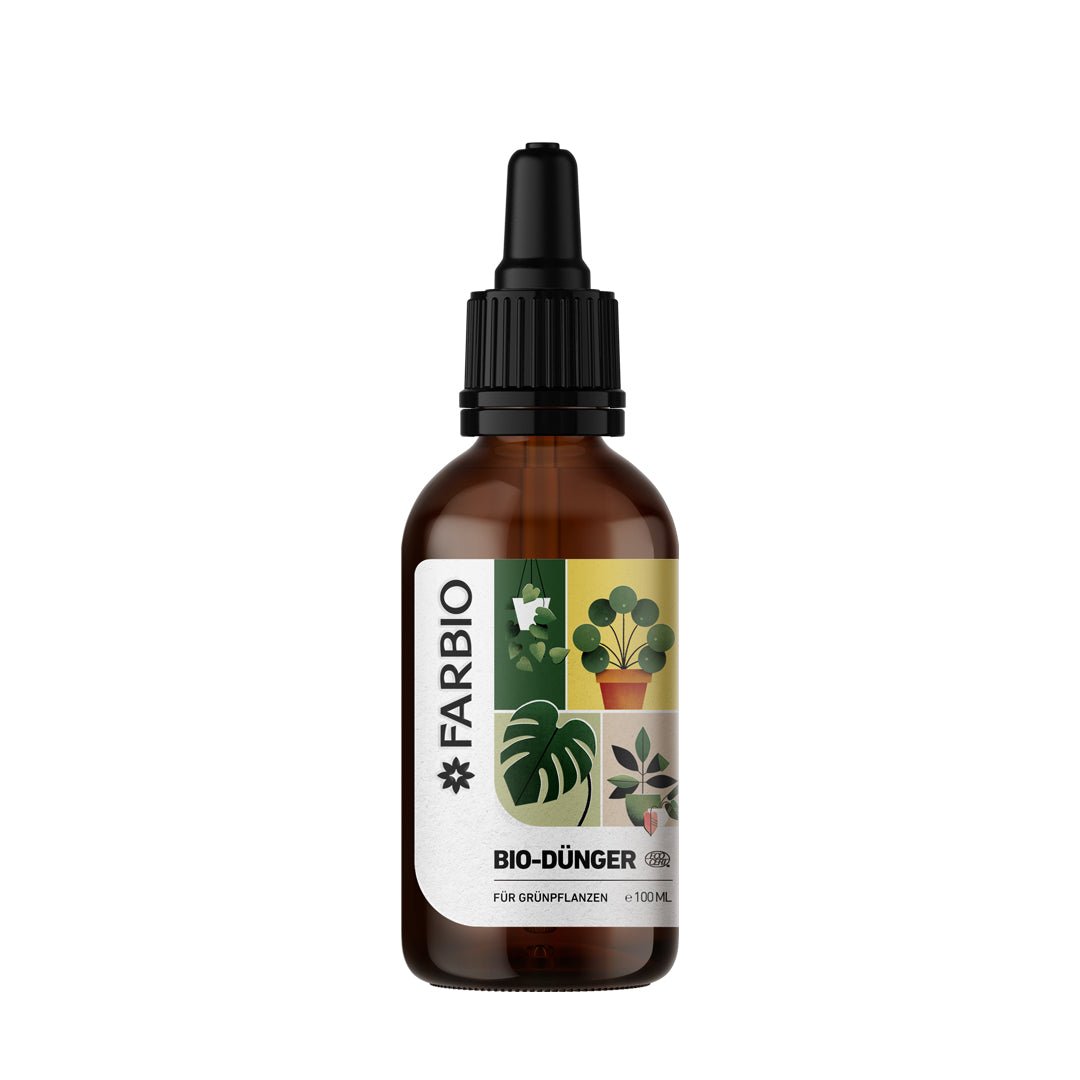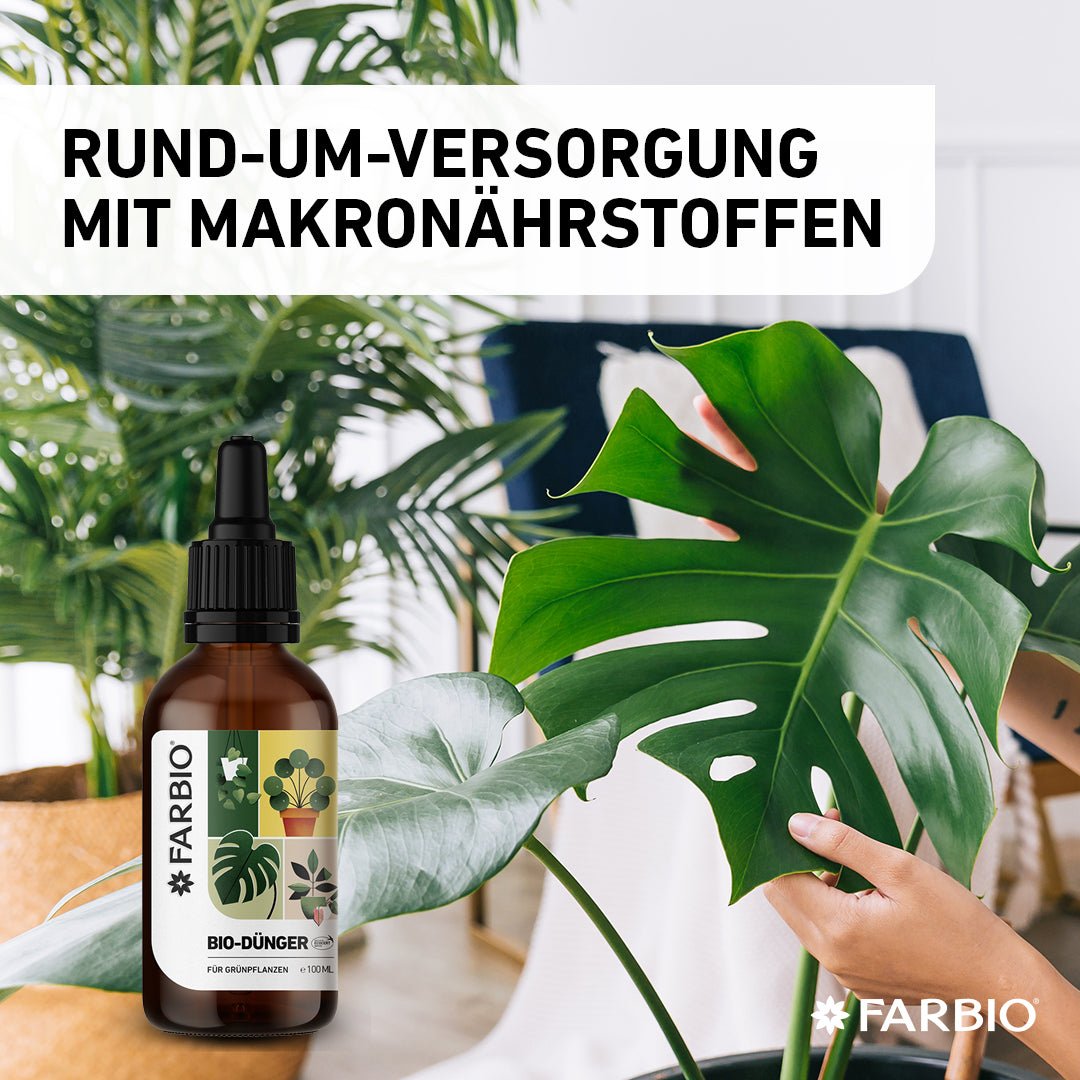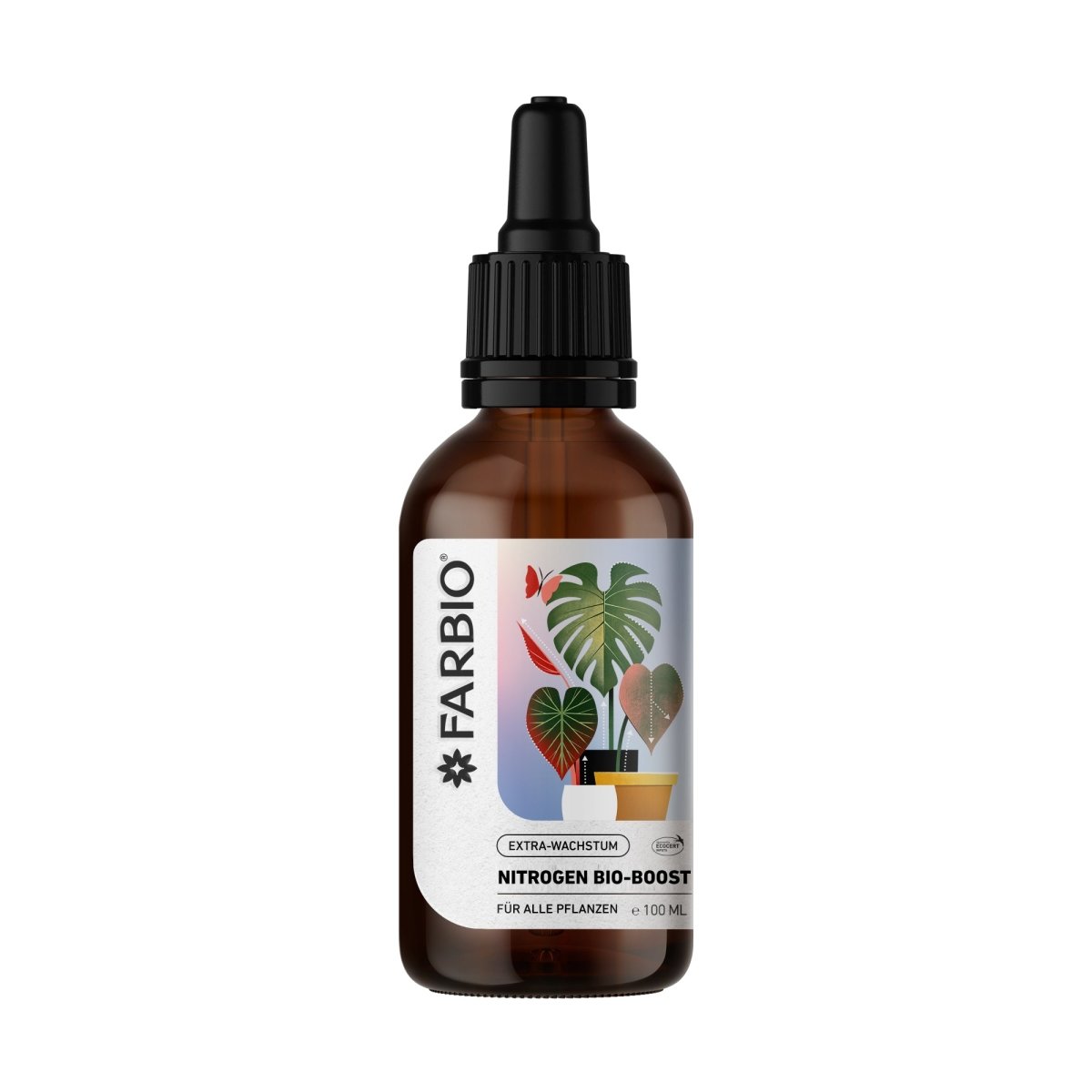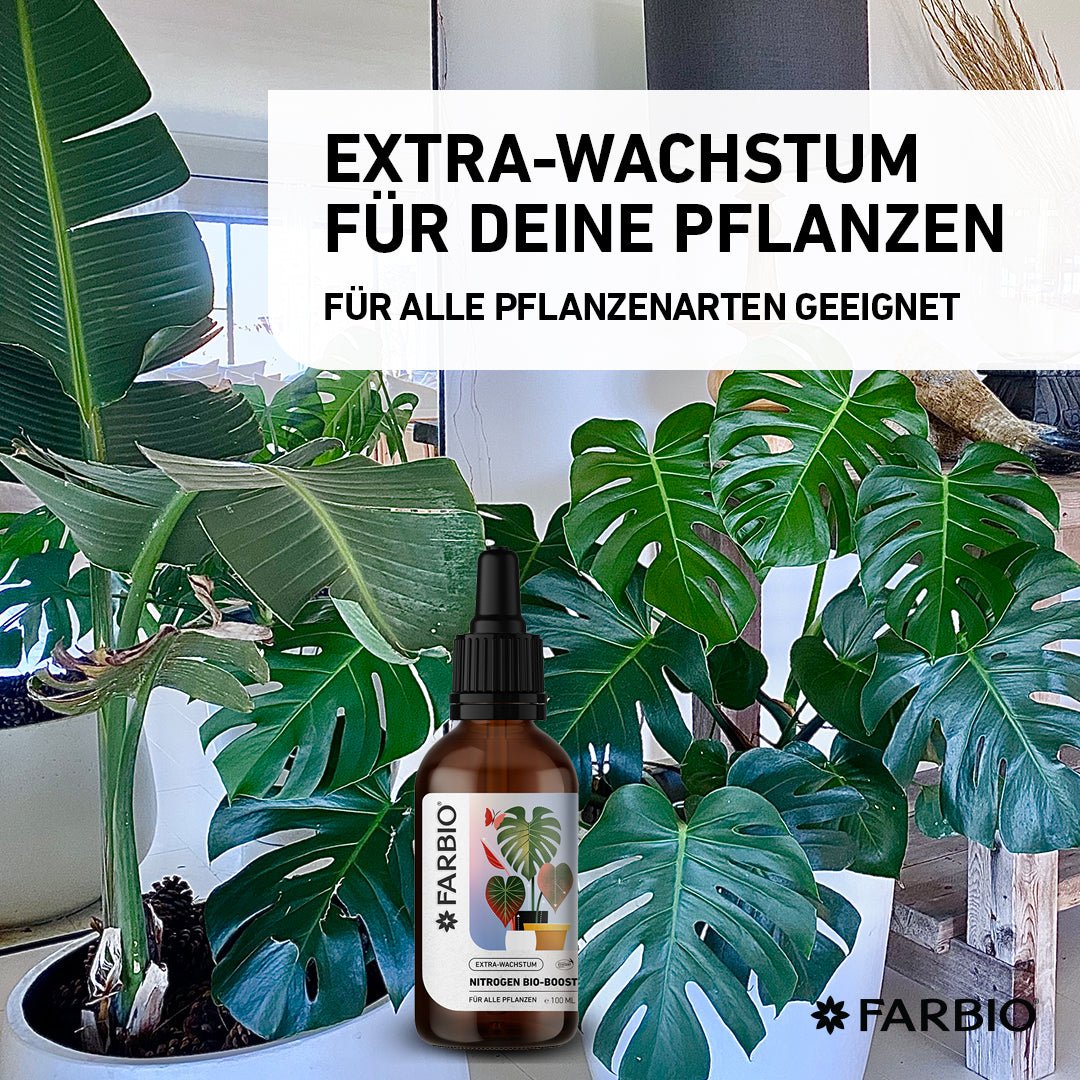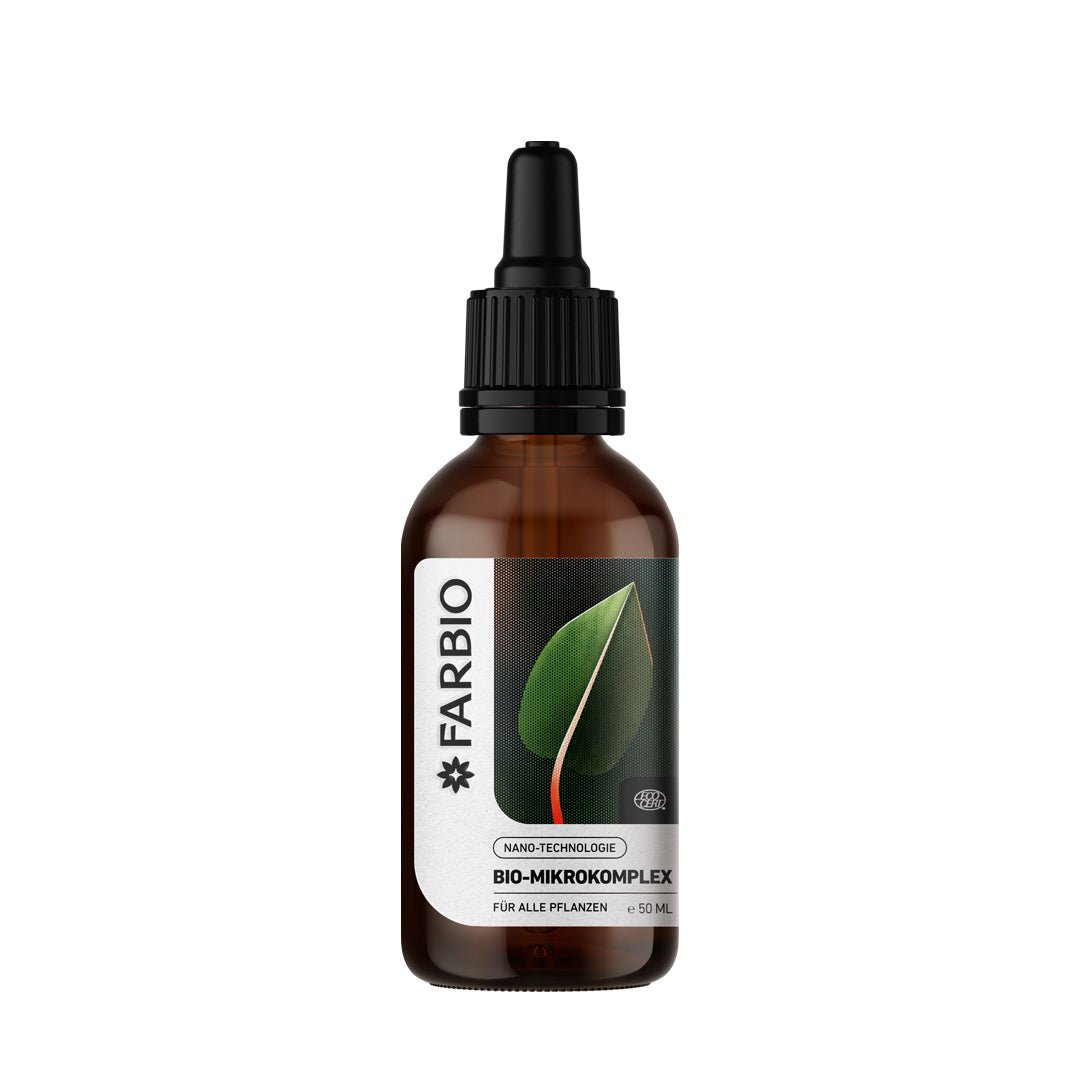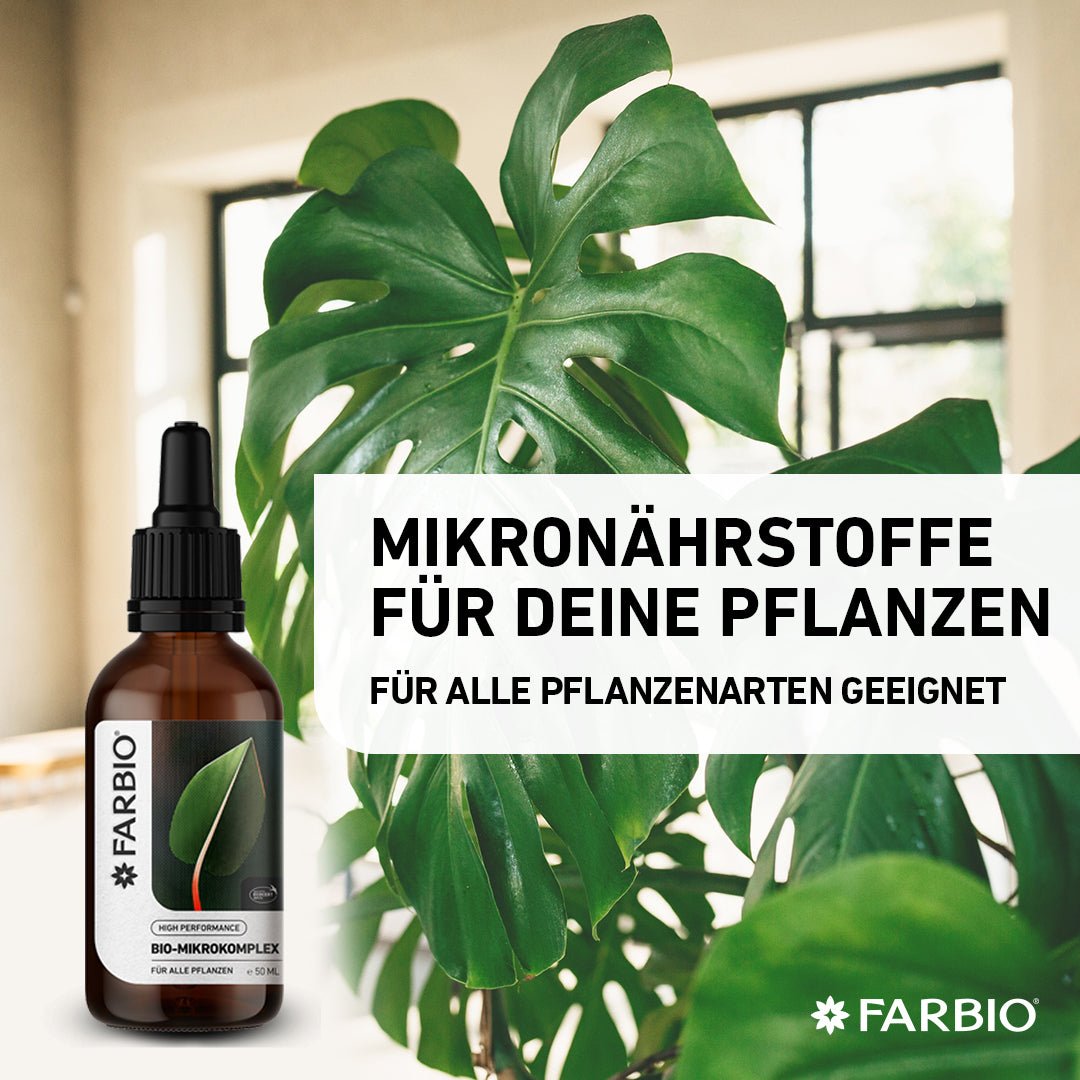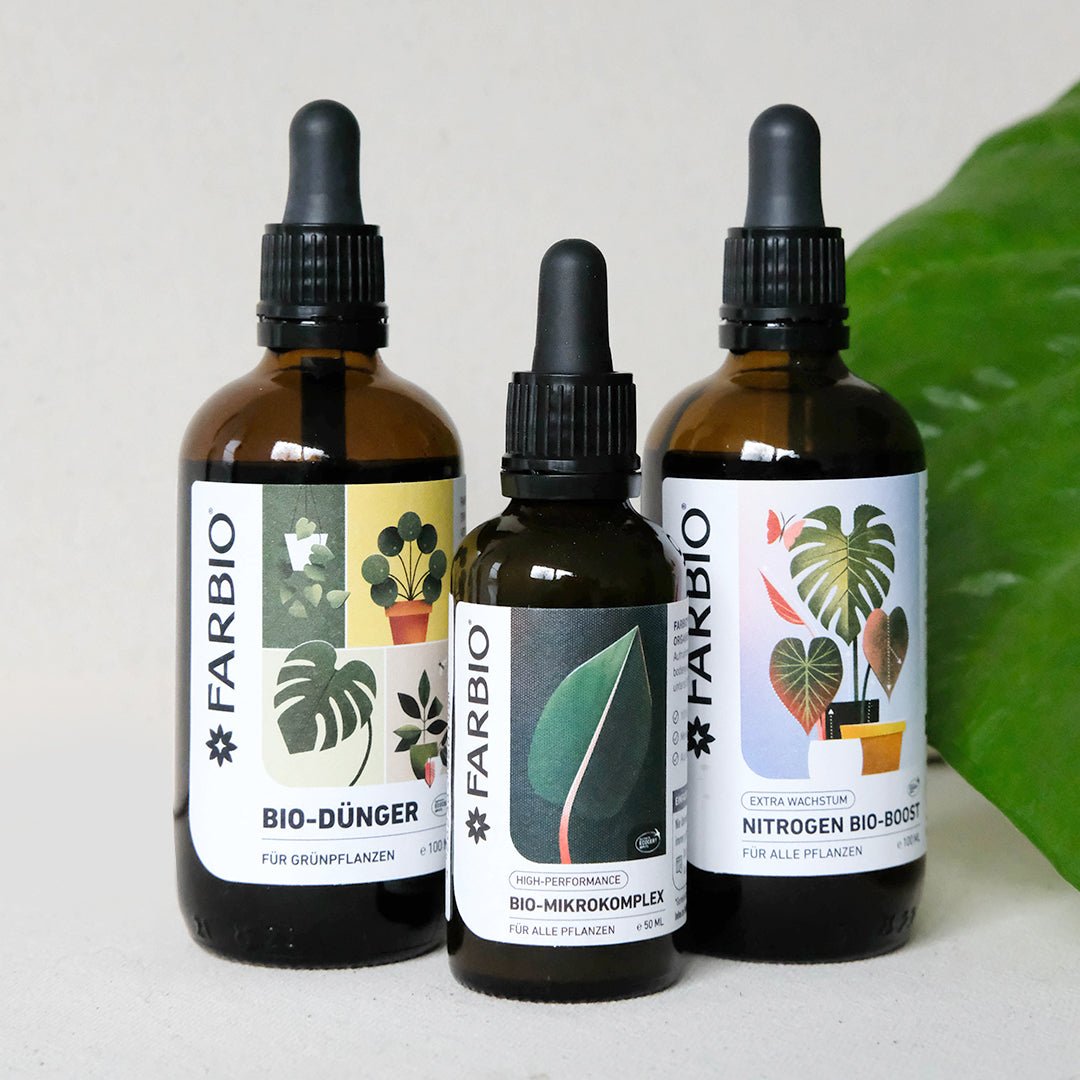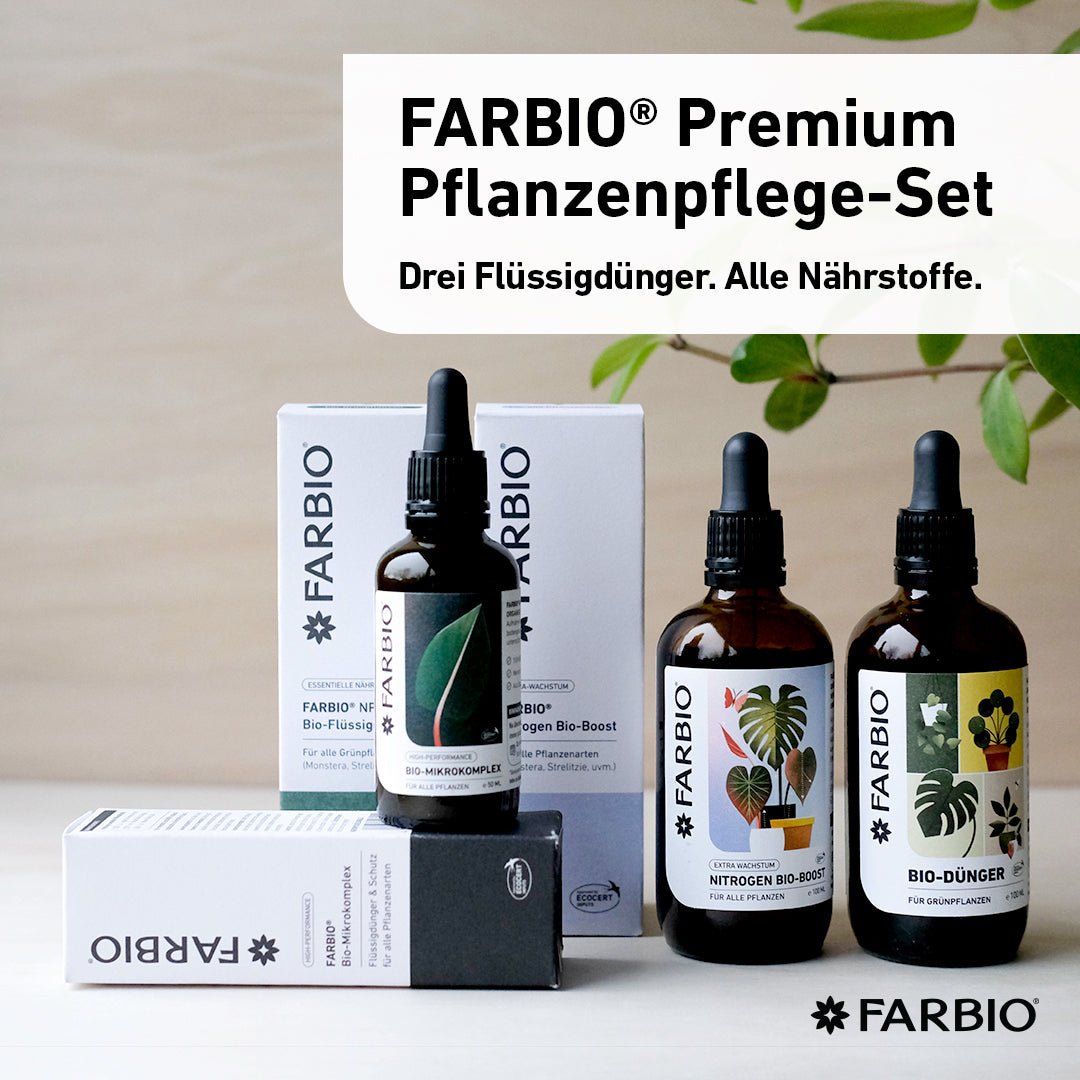When cells with the same structure and function come together, tissue is formed. All cells of a plant come from a stem cell, which then differentiates and can take on a different form according to its function. This so-called cell differentiation is possible because the genetic code is read differently. There are different cells, each of which is adapted to its task. The tissues are not only categorized by type, but also by their ability to divide.
What are meristematic cells?
The meristematic cells are precisely these stem cells from which all cell types arise through cell differentiation. The amalgamation of these embryonic cells capable of dividing is called formation tissue. These cells can be found both in the roots of a plant and on the shoot. These are formed in parts of the plant below and above ground so that the plant can grow in both directions. The differentiated cells are then referred to as permanent tissue.
Which plant tissues are there?
The permanent tissue thus represents the tissue that has already differentiated and can therefore no longer divide and change again. It is an umbrella term for all types of plant tissue after cell differentiation. There are a few of these types, but the three main types of plant tissue are the terminal tissue, vascular tissue, and ground tissue. They are all present in roots, stems and leaves.

The final fabric
The closing tissue of a plant can be compared to human skin. It primarily protects the plant from the environment and its influences, but certain tissues also delimit areas within the plant. So it is divided into primary and secondary closing tissue. The epidermis is the outer covering of a plant. The endodermis represents the inner skin of a plant. The function includes the controlled exchange of substances through stomata. The epidermis has a kind of waxy layer called the cuticle, which is impermeable to water. The epidermis of the root is called rhizodermis. Within the root, the endodermis ensures that no unwanted diffusion of water and substances reaches the vascular bundles and thus the remaining parts of the plant.
In the case of woody plants, there is a so-called thickening of the final tissue. The epidermis breaks open and is replaced by a cambium, which deposits cork on the outside. Instead of the rhizodermis, these roots form a secondary closing tissue called the exodermis. In the case of a tertiary cover tissue, the cork layers die off and a bark forms.
The conductive tissue
The vascular tissue of a plant can be compared to our blood vessels. It is divided into phloem and xylem and is responsible for the transport of water and nutrients within the plant. It begins in the roots and runs from there through the shoot axis and to the leaves of the plant. Finally, the vascular tissue organizes itself there into so-called vascular bundles. The phloem transports products of photosynthesis and the xylem organizes the transport of water and inorganic salts.
The ground fabric
The ground tissue can store proteins, fats, water and starch. One of the three variants is called parenchyma. This palisade parenchyma is located below the epidermis and is therefore involved in photosynthesis. Another part of the tissue is the adjacent spongy parenchyma, which is responsible for gas exchange during photosynthesis. Together, the two tissues form the assimilation parenchyma since they are both part of photosynthesis.
The strengthening tissue refers to other parts of the basic tissue and gives the plant support. A distinction is made between the living, mostly non-lignified strengthening tissue and the dead, lignified strengthening tissue. Collenchyma is the living, elastic tissue that provides stability by threading the parenchyma tissue like threads. The cells have walls reinforced by layers of pectin. It strengthens roots, leaf stalks and young shoots. Sclerenchyma is the dead structural tissue found throughout the plant because it is associated with the vascular bundles. This gives firmness, mainly in the parts of the plant that are no longer growing.
The excretory tissue
The excretory tissue is divided into excretory and secretory tissue. It is an association of cells that are crucial for material exchange. Excretions refer to secretions that can be harmful to the producer. Secretions denote excretions useful to the producer. Secondary plant substances are, for example, essential oils, nectar or resin. These are either excreted from the cells or remain inside the cell. Gland hairs then store the substances between the excretion cells and the skin of the plant, the so-called cuticle, and are then released into the environment. However, the substances are also released into the vacuoles of the cells.




